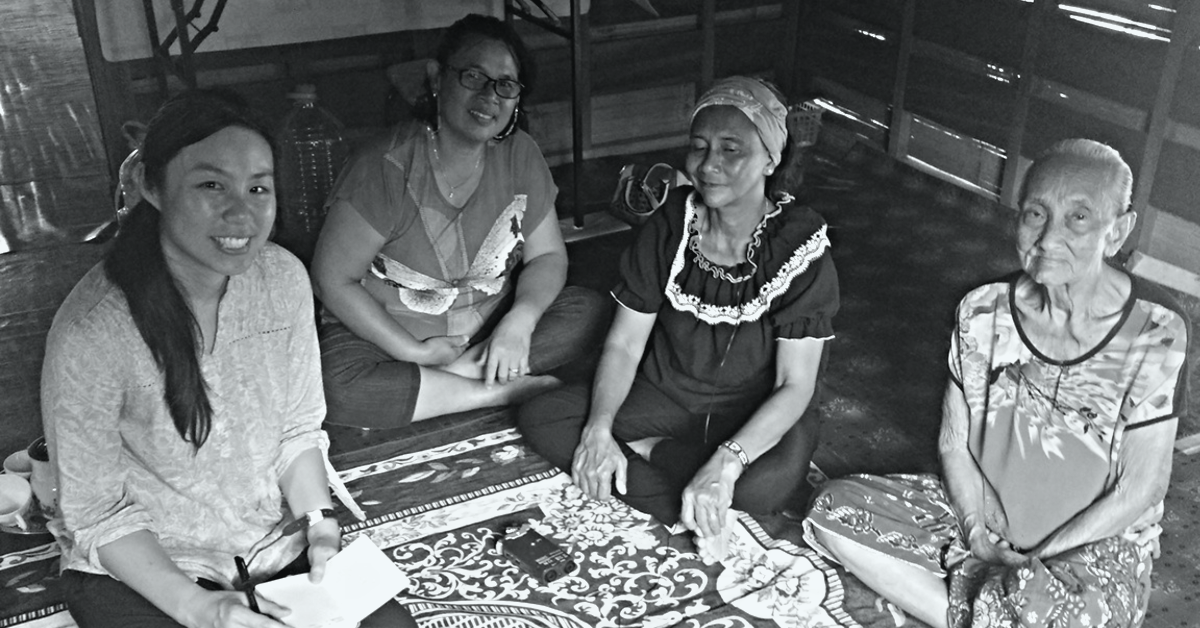Christina L. Truong
Working paper based on original data, May 2019
The Sundanese verbal system includes a substitutive benefactive construction which indicates that the agent performs the action on behalf of, and instead of, a beneficiary. This construction is formed with the prefix pang– and the causative/applicative suffix –keun. In this paper I describe the morphosyntax of this construction, including the morphological components found on the verb, the morphophonemic processes involved, and the syntactic properties of various types of clauses with substitutive benefactive meanings. Finally, I compare Sundanese substitutive benefactives with other Western Austronesian benefactive constructions and discuss their historical origin.
Based on the study, the Sundanese pang– prefix appears be derived from the agentive nominalizer *paŋ, which when used in applicatives came to have the meaning ‘to serve as an agent of an action for s.o.’ Sundanese substitutive benefactive verbs can be transitive or ditransitive, and ditransitive argument structure appears to be fully grammatical in both active and passive voice. However, Sundanese also has ditransitive instrumental and simple benefactive applicatives, but I present some evidence that these are not fully grammatical in active voice. The association between passive voice and such three-place verbal constructions might be linked to the four-way voice system of Proto-Austronesian, with earlier undergoer, instrumental, and beneficiary voice functions being subsumed into modern passive voice.
Download full text





